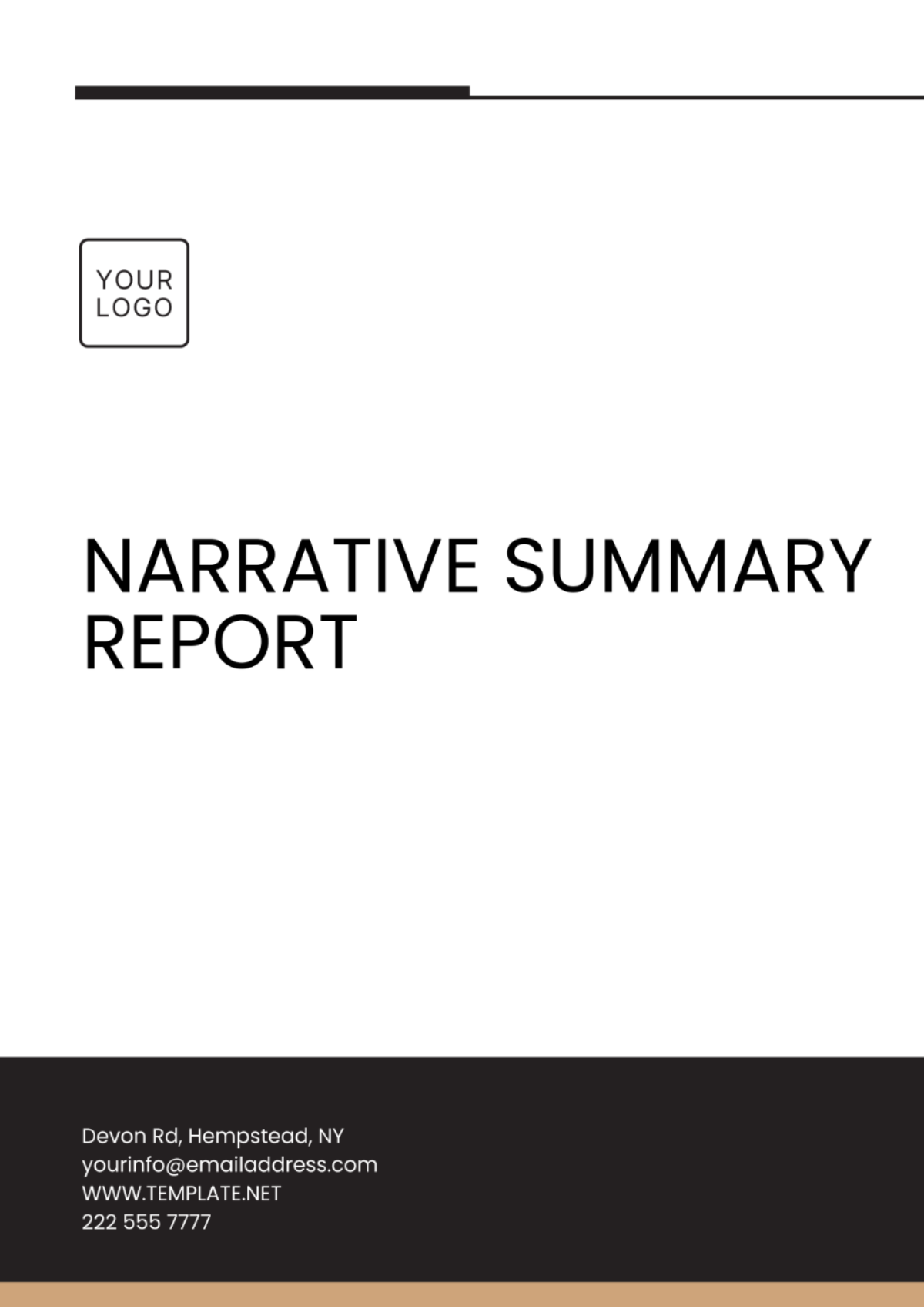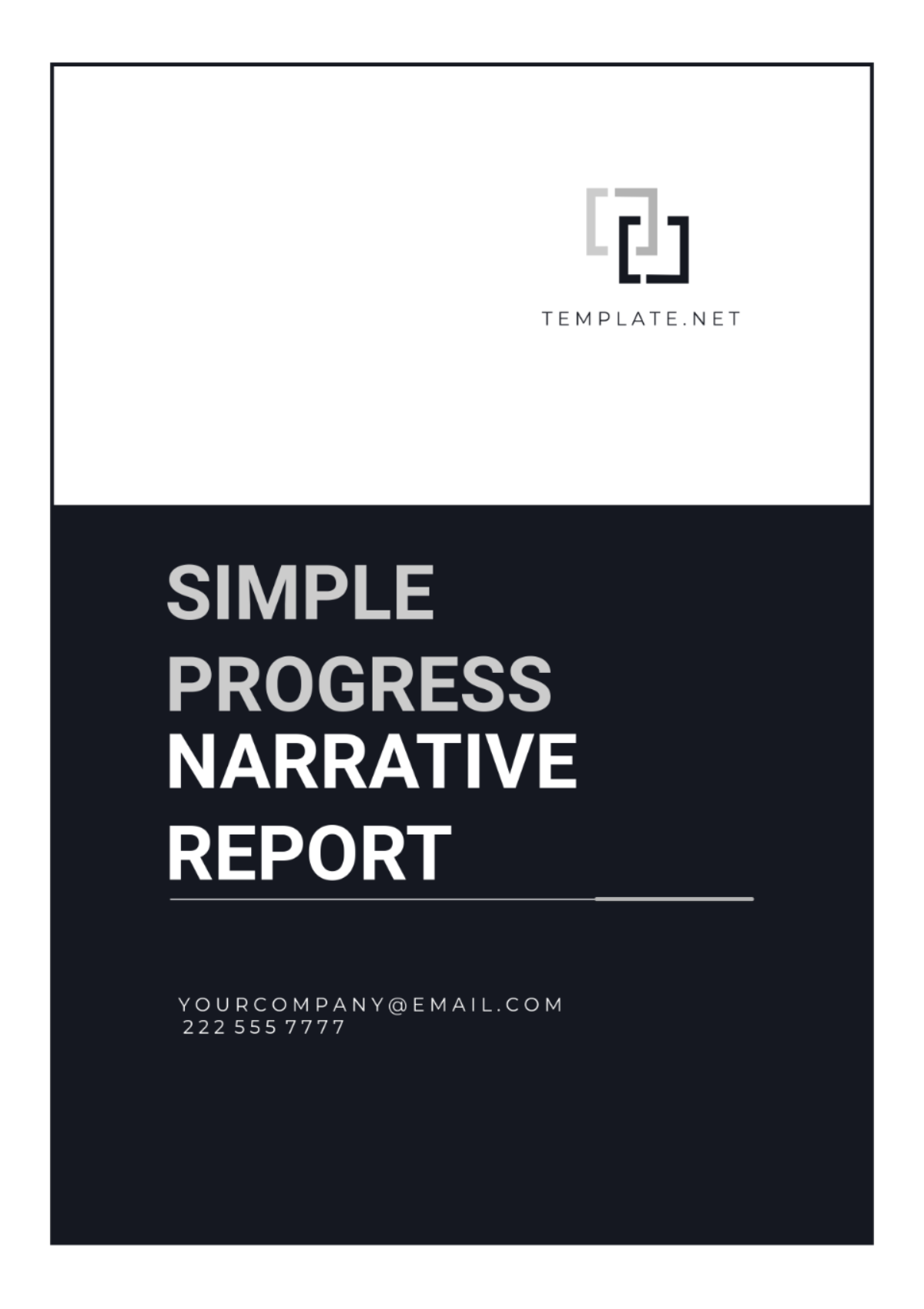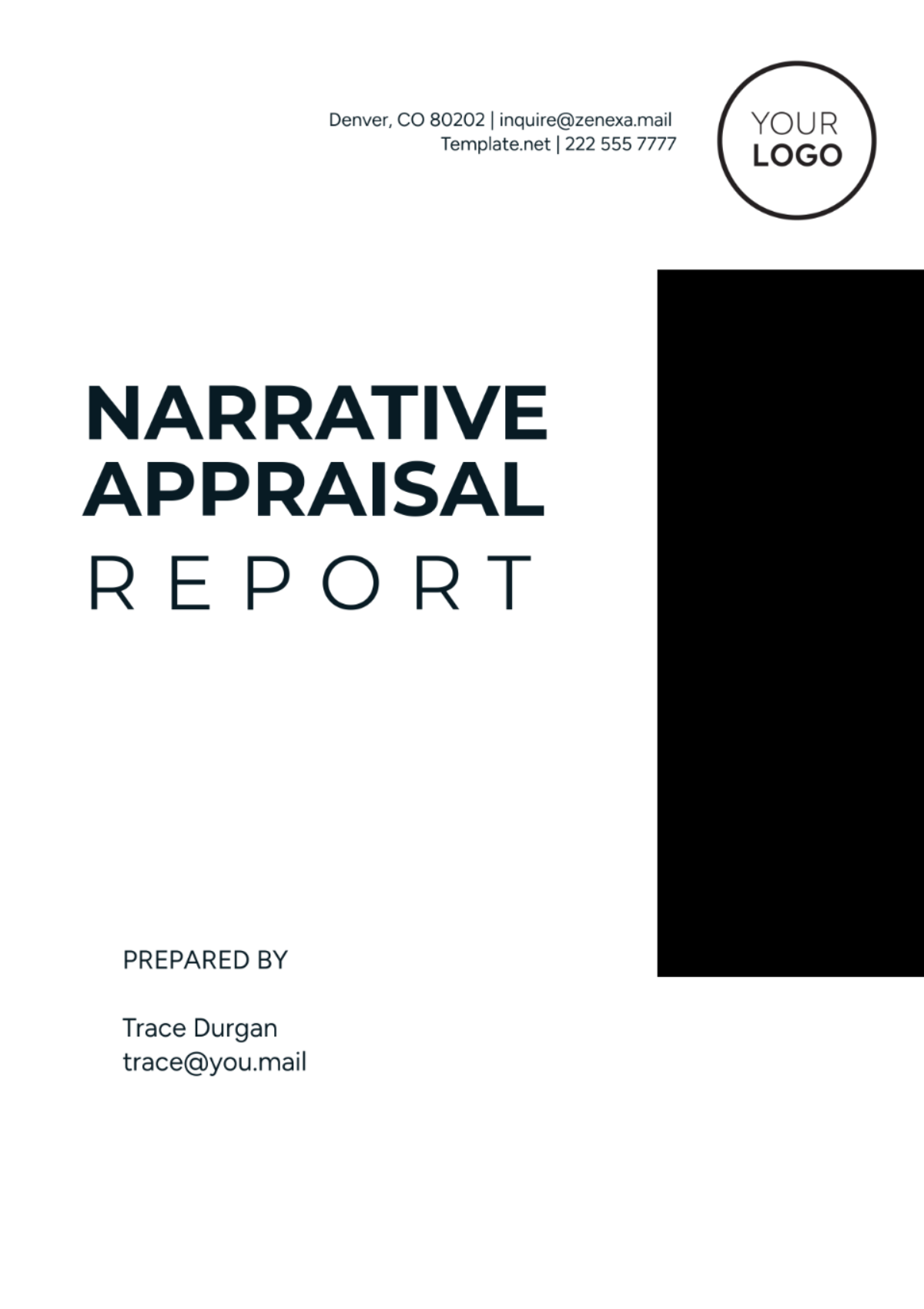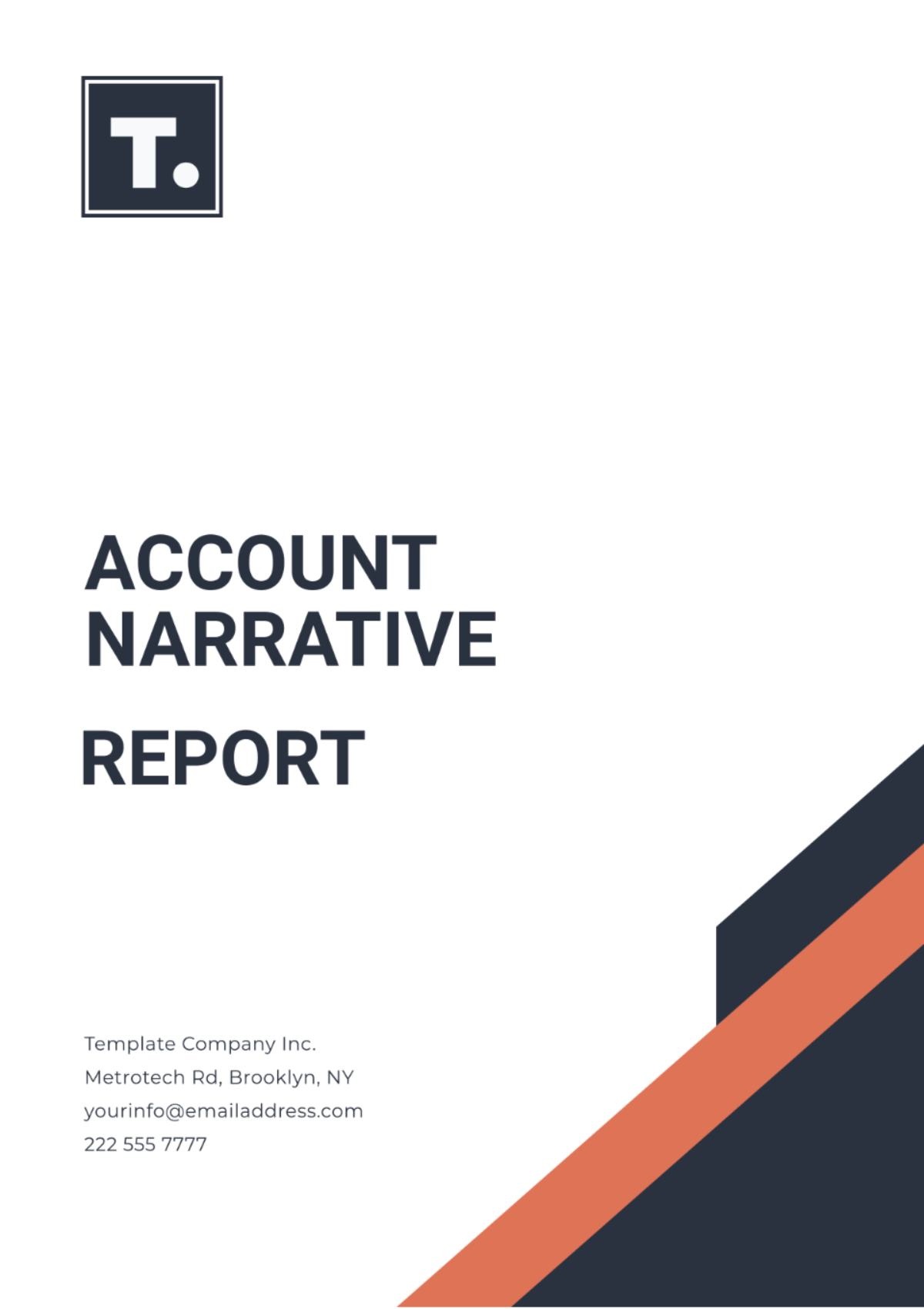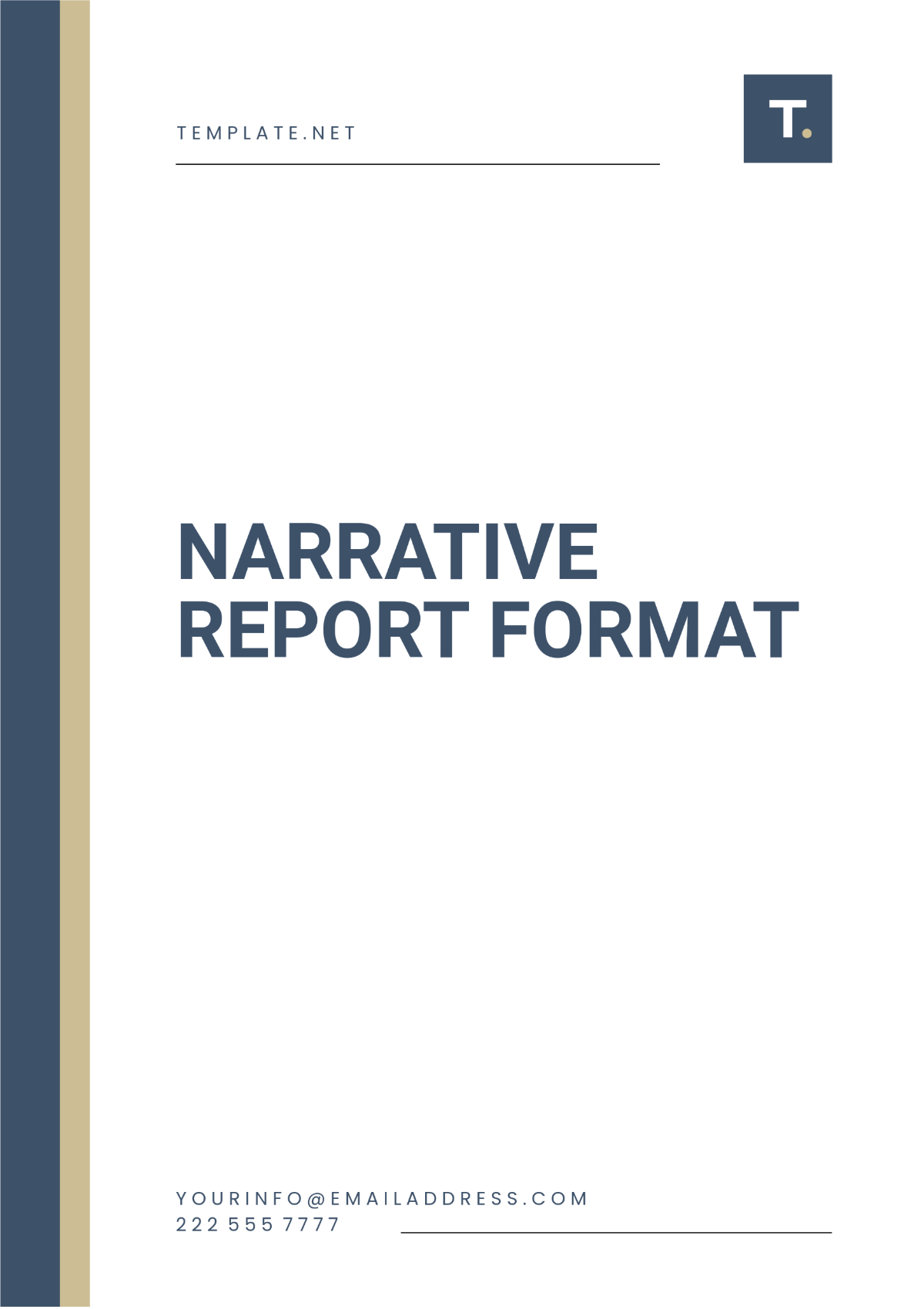NLC NARRATIVE REPORT
PREPARED BY: [YOUR NAME]
I. Introduction
The following report aims to provide a comprehensive overview of the National Literacy Campaign (NLC). It includes detailed insights into its background, objectives, and the overall progress made toward increasing literacy levels. This section sets the context for understanding the subsequent sections of the report.
II. Background and Objectives
A. Historical Context
The National Literacy Campaign was launched to address the growing concerns regarding literacy levels. Historically, literacy has been a pivotal factor influencing socio-economic development. The campaign targets age groups most affected by low literacy levels, with a special focus on underprivileged communities.
B. Objectives
The primary objectives of the NLC are as follows:
Improve literacy rates by 20% within the next five years.
Provide literacy resources and training to educators.
Increase community engagement and awareness about the importance of literacy.
III. Strategies and Implementation
A. Key Strategies
The NLC has developed several strategies to achieve its objectives:
Partnering with educational institutions and NGOs.
Implementing technology-aided learning solutions.
Organizing literacy workshops and community programs.
B. Implementation Framework
The implementation framework is structured to optimize resource utilization and maximize outreach. The following table illustrates the key components of the implementation plan:
Component | Description | Timeline |
|---|---|---|
Partnership Establishment | Form alliances with stakeholders | Q1 2050 |
Resource Deployment | Distribute educational materials | Q3 2050 |
Progress Tracking | Monitor and evaluate literacy improvements | Ongoing |
IV. Progress and Achievements
A. Milestones Achieved
Since its inception, the NLC has achieved several significant milestones. Notable accomplishments include a 10% increase in literacy rates in targeted regions within the first year and successful partnerships with over 100 educational organizations.
B. Challenges Encountered
Despite the successes, the campaign has faced several challenges such as:
Resource constraints and funding limitations.
Cultural barriers to educational acceptance.
Limited accessibility in remote areas.
V. Future Plans and Recommendations
A. Future Initiatives
To further enhance literacy levels, the NLC plans to expand its digital learning programs and strengthen community-based initiatives. Future initiatives include:
Developing mobile learning apps for wider accessibility.
Expanding reach in rural and remote areas.
Increasing training programs for educators.
B. Recommendations
Based on the current progress, the following recommendations are made to ensure continued success:
Secure additional funding through government and private sector collaboration.
Enhance data collection methods for better progress measurement.
Foster cultural inclusivity in educational programs.
VI. Conclusion
The National Literacy Campaign has made significant strides toward its goals but must continue to adapt and overcome challenges. With a reinforced focus on strategic partnerships and innovative solutions, the path to achieving higher literacy rates nationwide looks promising.

